Source
-
from U. of Washington good video!
Takeaway
-
Physics 最重要的是 symmetry, conservation law, invariance 如何體現在 AI/ML!!
- Astrology vs. Astronomy
- Alchemy vs. Chemistry
-
Parsimony!
-
最重要是學習如何 embed prior knowledge to ML/AI
-
如何滿足 constraint? (例如 token translation 問題?)
-
使用 loss function, NOT a good way 因爲不會是 0
-
explicitly 使用 。。。。 TBD
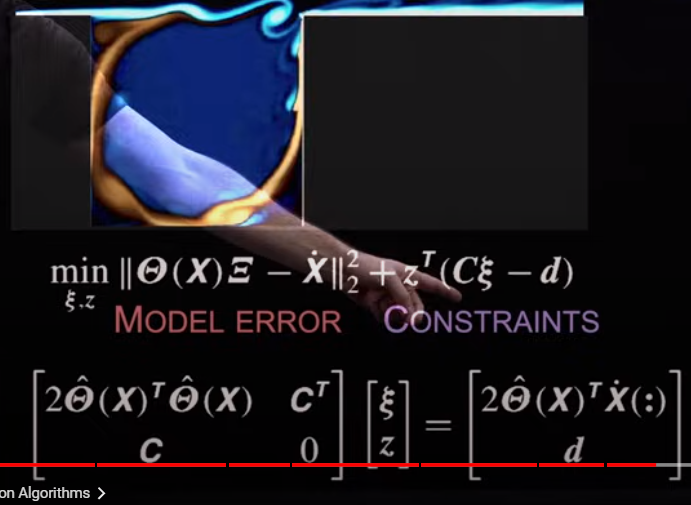
-
-
如何減少 error?
- 加上 extra physic loss function in training!! 特別是 physic quantity 都是可微分的!!!!!
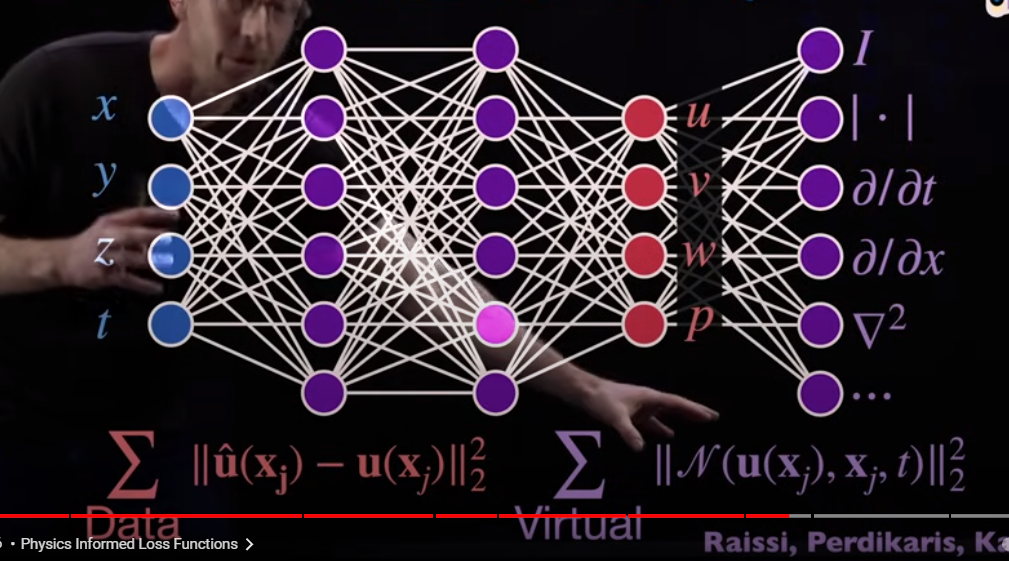
開場
- Physics 也是一種 (differentiable) optimization.
- AI/ML 是 optimization
Physics to enforce ML/AI.
反之 use AI/ML to discover new physics
1 | |
煉丹五部曲
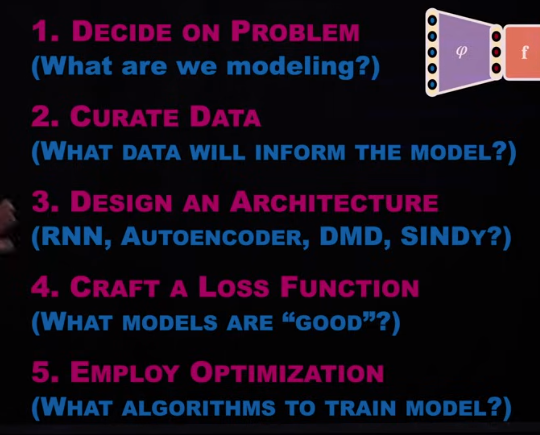
加上 Physics!
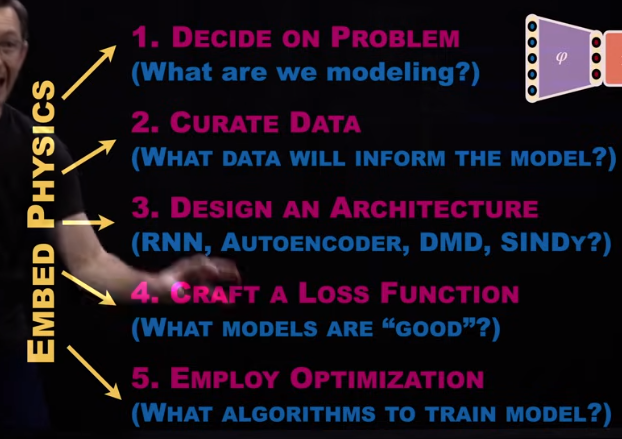
預備知識
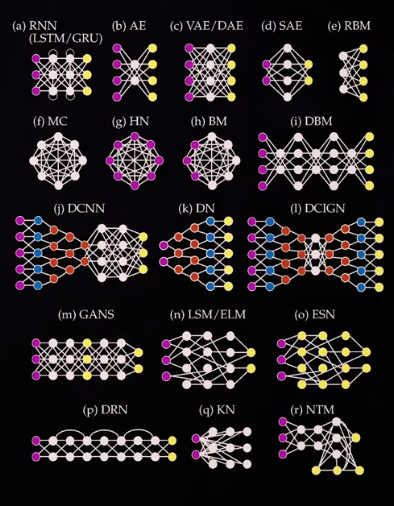
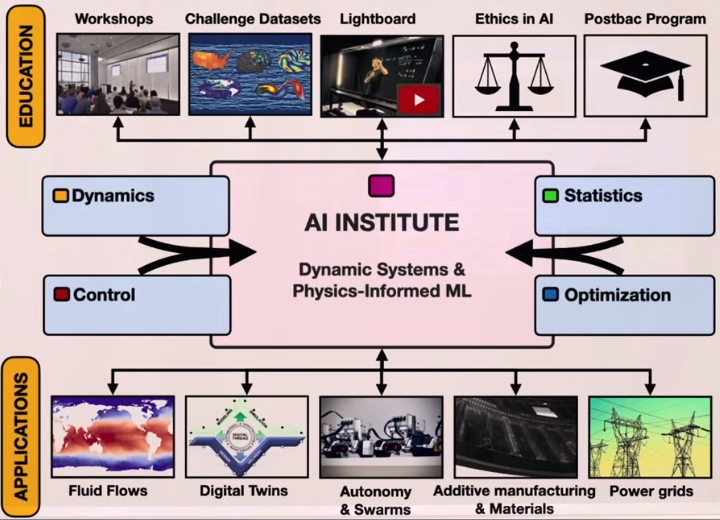
Data Collection (Huge advantage using physical knowledge 可以大幅減少 data!!)
-
use symmetry (圖1)
-
use right coordinate (圖 2)
-
use Fourier transform … (可以視爲 new coordinate system)
-
Simulation (slow, rich in spatial) or experiment (fast, good for temporal) (圖 3)
-
Data generalization 需要 滿足 physics (symmetry, conservation), and parsimony!

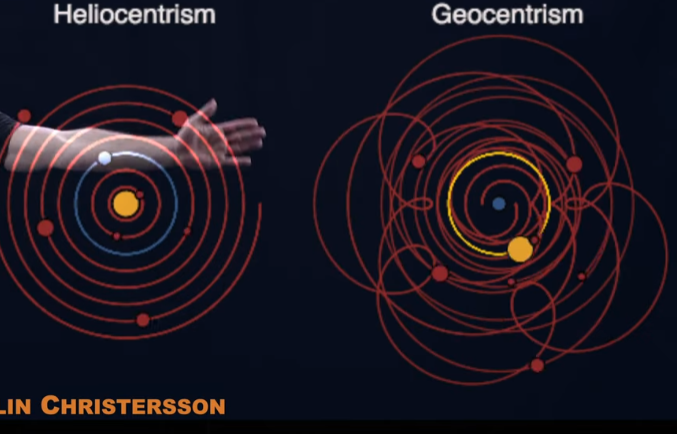
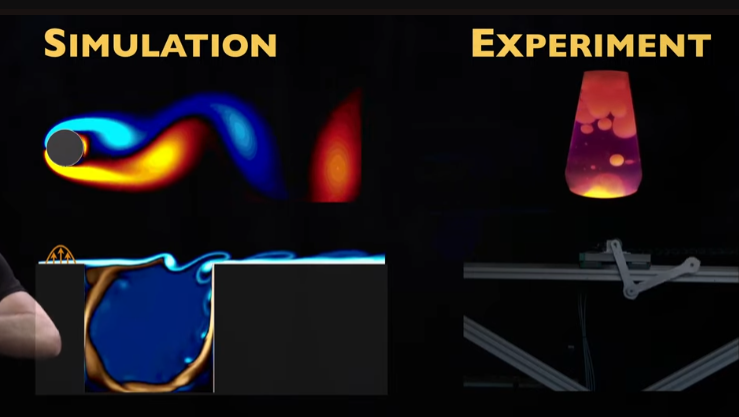

Symmetry, Invariance, Equivariance
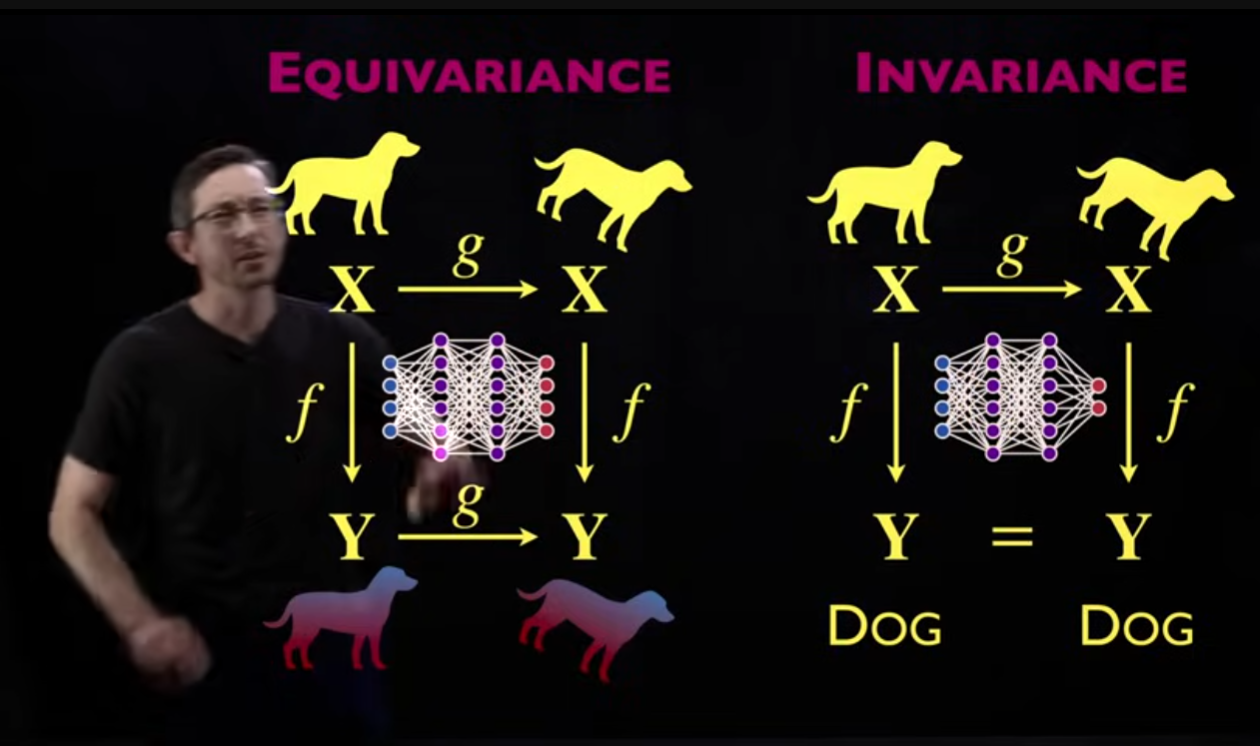
常見的對稱性。
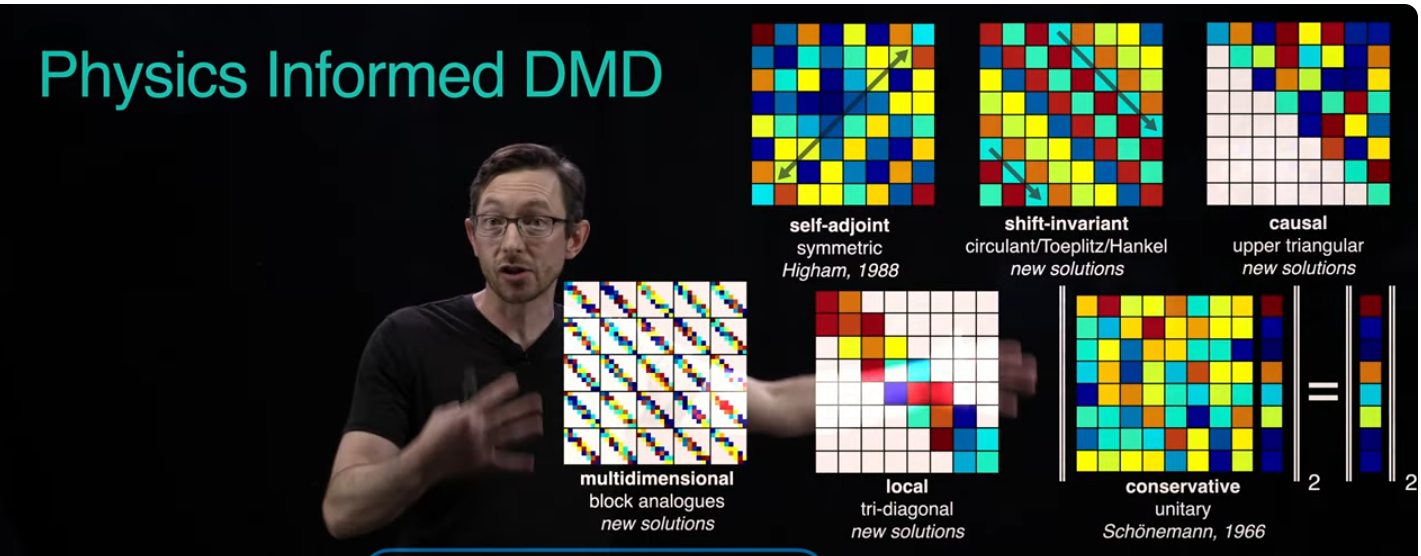
三種常見方法使用對稱性
-
Promoting 對稱性:加上 loss function. M 是 manifold. 第二項是 y_hat 和 manifold 的距離要 minimize.

-
Enforce 對稱性:直接放在 optimization procedure (類似 chain of thought?)中: KKT condition, 上述矩陣對稱保持。直接限制 y_hat 要在 manifold 上。這是 constrained optimization!
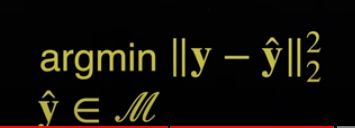
-
Discovery 對稱性:反過來可以用 ML/AI 發現對稱性。